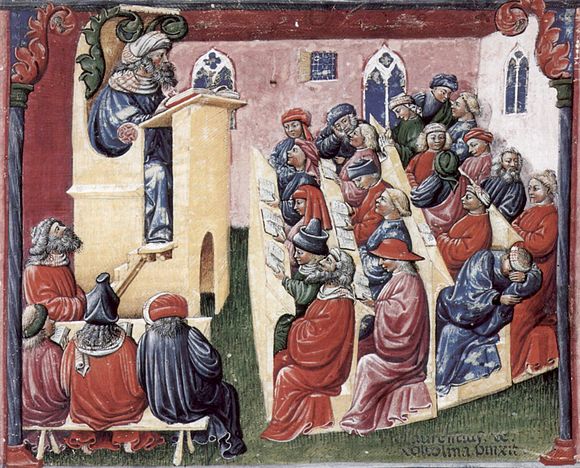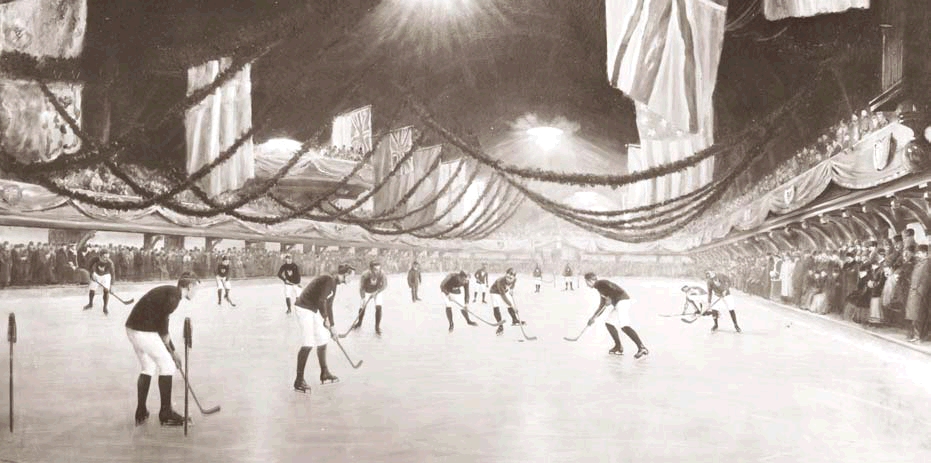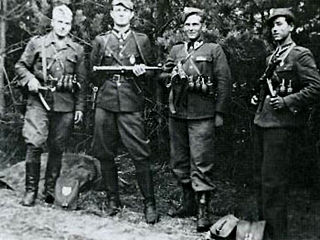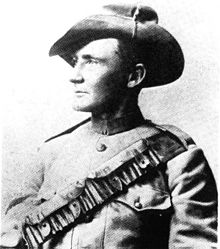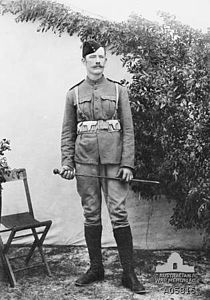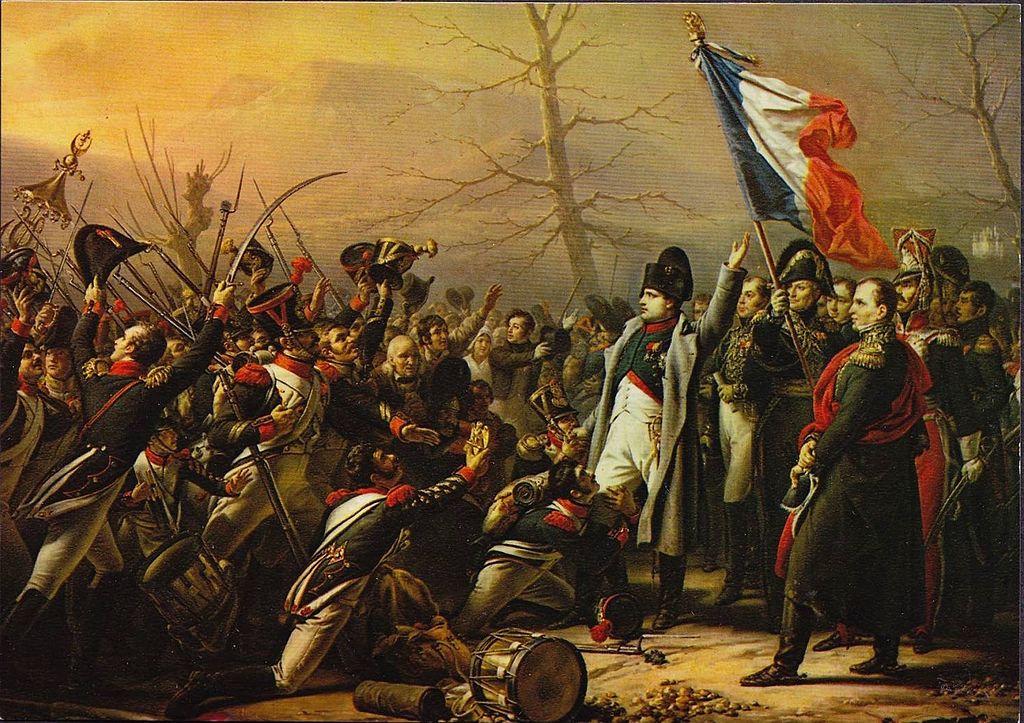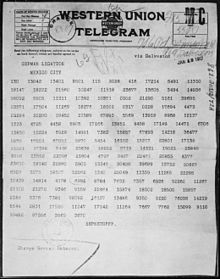1859
The Great Slave Auction
Enormous fortunes could be made in the antebellum southern United States on plantations farmed by slave labour; rice, tobacco, and cotton millionaires abounded. one such wealthy slave-owning family were the Butlers of Philadelphia who held lands in the Carolinas and Georgia. When one of them went bankrupt from his gambling debts, the creditors could be satisfied only by the selling of hundreds of his Georgian slaves. On March 2, 1859 the largest single slave auction in US history took place in Savannah Georgia with 436 men, women and children put up for sale. The auction attracted considerable interest and the proceeds from the sale of humans brought in $303,850. The highest bid for a family, a mother and her five grown children, was for $6,180. The highest price for an individual was $1,750 whereas the lowest price was $250.
The following quote from a contemporary observer reveals the pathos of the scene:
‘Elisha,’ chattel No. 5 in the catalogue, had taken a fancy to a benevolent looking middle-aged gentleman, who was inspecting the stock, and thus used his powers of persuasion to induce the benevolent man to purchase him, with his wife, boy and girl, Molly, Israel and Sevanda, chattels Nos. 6, 7 and 8. The earnestness with which the poor fellow pressed his suit, knowing, as he did, that perhaps the happiness of his whole life depended on his success, was interesting, and the arguments he used were most pathetic. He made no appeal to the feelings of the buyer; he rested no hope on his charity and kindness, but only strove to show how well worth his dollars were the bone and blood he was entreating him to buy.
‘Look at me, Mas’r; am prime rice planter; sho’ you won’t find a better man den me; no better on de whole plantation; not a bit old yet; do mo’ work den ever; do carpenter work, too, little; better buy me, Mas’r; I’se be good sarvant, Mas’r. Molly, too, my wife, Sa, fus rate rice hand; mos as good as me. Stan’ out yer, Molly, and let the gen’lm’n see.’
Molly advances, with her hands crossed on her bosom, and makes a quick short curtsy, and stands mute, looking appealingly in the benevolent man’s face. But Elisha talks all the faster.
‘Show mas’r yer arm Molly – good arm dat mas’r – she do a heap of work mo’ with dat arm yet. Let good mas’r see yer teeth Molly – see dat mas’r, teeth all reg’lar, all good – she’m young gal yet. Come out yer Israel, walk aroun’ an’ let the gen’lm’n see how spry you be.’
Then, pointing to the three-year-old girl who stood with her chubby hand to her mouth, holding on to her mother’s dress, and uncertain what to make of the strange scene.
‘Little Vardy’s on’y a chile yet; make prime gal by-and-by. Better buy us mas’r, we’m fus’ rate bargain” – and so on. But the benevolent gentleman found where he could drive a closer bargain, and so bought somebody else.

